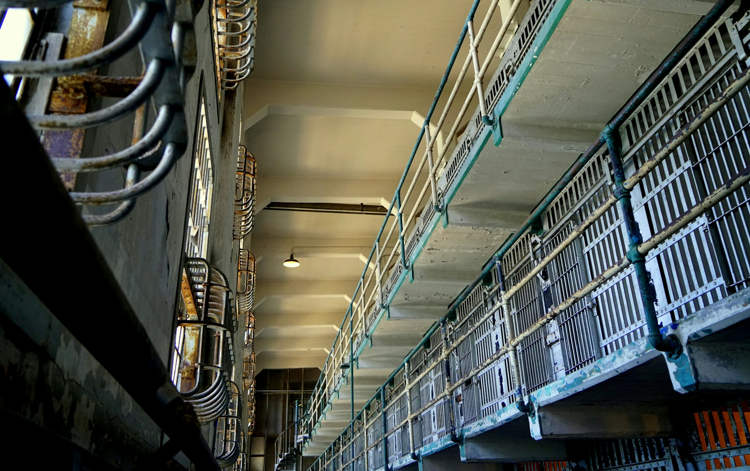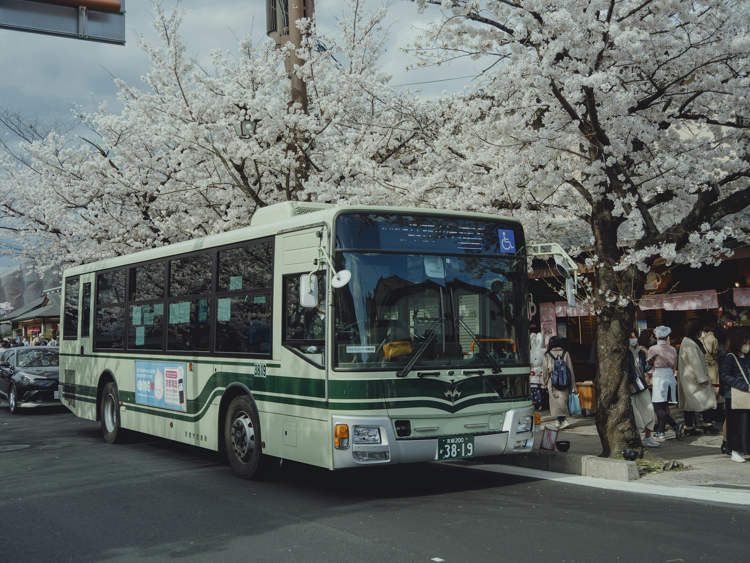The 60 tons of junk that made up the awesome Cathedral of Junk, in Austin, Texas, are probably on their way to the recycling plant right now, leaving us with just photos and memories of the famous roadside attraction.
Vince Hannemann began building the Cathedral of Junk in 1988, just because he thought it would be cool. There’s was no real purpose behind it, just a nice thing to build in an Austin backyard. He was in his mid twenties when he started, and he kept adding do it over the years, until it grew into a 60-ton pile of junk. But it wasn’t really junk, it was just made of it. In reality, the Cathedral of Junk had long become one of the cities most popular attractions. Tourists were coming over just to give Vince something new to add to his masterpiece, but, sadly, that won’t be happening anymore…
After a safety complaint, fro one of his neighbors, real estate inspectors showed up at Vince Hannemann’s door, saying he needed to get a permit, if he wanted to keep his 33-f00t-tall cathedral, made of everything from bicycle wheels to old urinals, computers and lawnmowers. he tried to comply, and together with a team of volunteers, began altering the cathedral to meet required standards. But looking at his beloved creation being reduced to something he didn’t recognize anymore, Vince decided to tear it down. “It already isn’t the Cathedral. It might best be described as Junkhenge,” he told the Wall Street Journal. “I’m not willing to get a permit for the little that is left.”
According to many, this was the work of real estate firms, who did everything they could to bring down the Cathedral of Junk. It’s a sad time for the Austin art world…




















